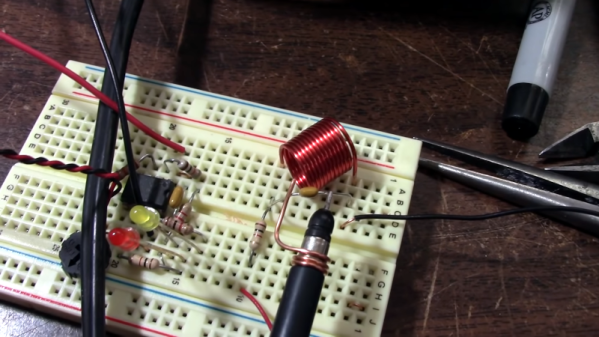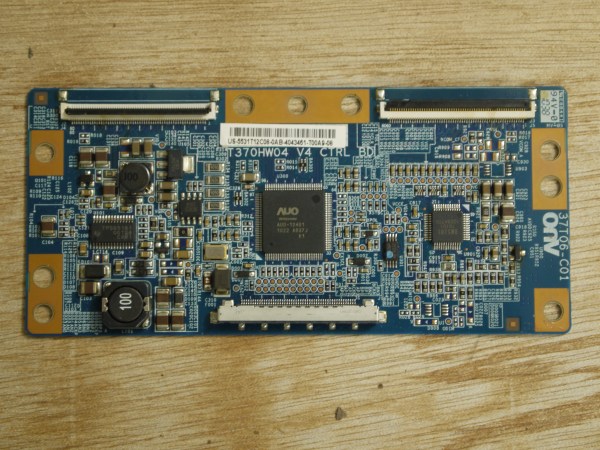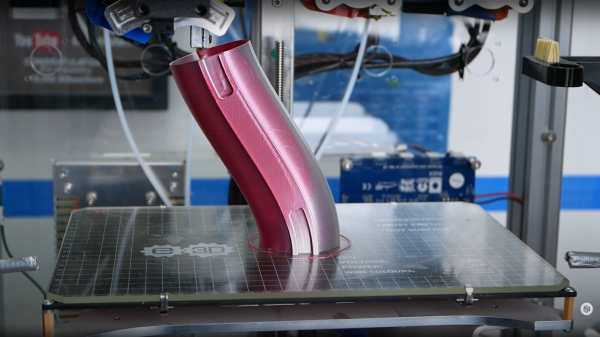The University of Pennsylvania has a team that did a little light research. Well, not light in the usual sense of that phrase. They used very strong light to levitate Mylar disks in a vacuum chamber.
Of course, it is no secret that light can exert pressure. That’s how solar sails work and some scientists have used it to work with aerosols and the like. But this appears to be the first time light lifted a large item against gravity. The team claims that their tests showed that a sunlight-powered flying vehicle might carry up to ten milligrams of payload. That doesn’t sound like much, but it’s impressive and the paper mentions that since the lift is not from aerodynamic forces, there might be applications in flying at very high altitudes.
The Mylar disks were 500 nanometers thick and had a 300 nanometer layer of carbon nanotubes beneath. The nanotubes absorb light, make the disks more rigid, and improve the Mylar’s surface-gas characteristics. The light source had a strong center beam and an even stronger ring around the center beam that causes the disk to remain over the center beam. The LED system used eight arrays, each consuming 100 watts of input power.
Preparing the disk might be difficult, but the LED power isn’t that hard. Even if you do like the researchers did and use water cooling.


















